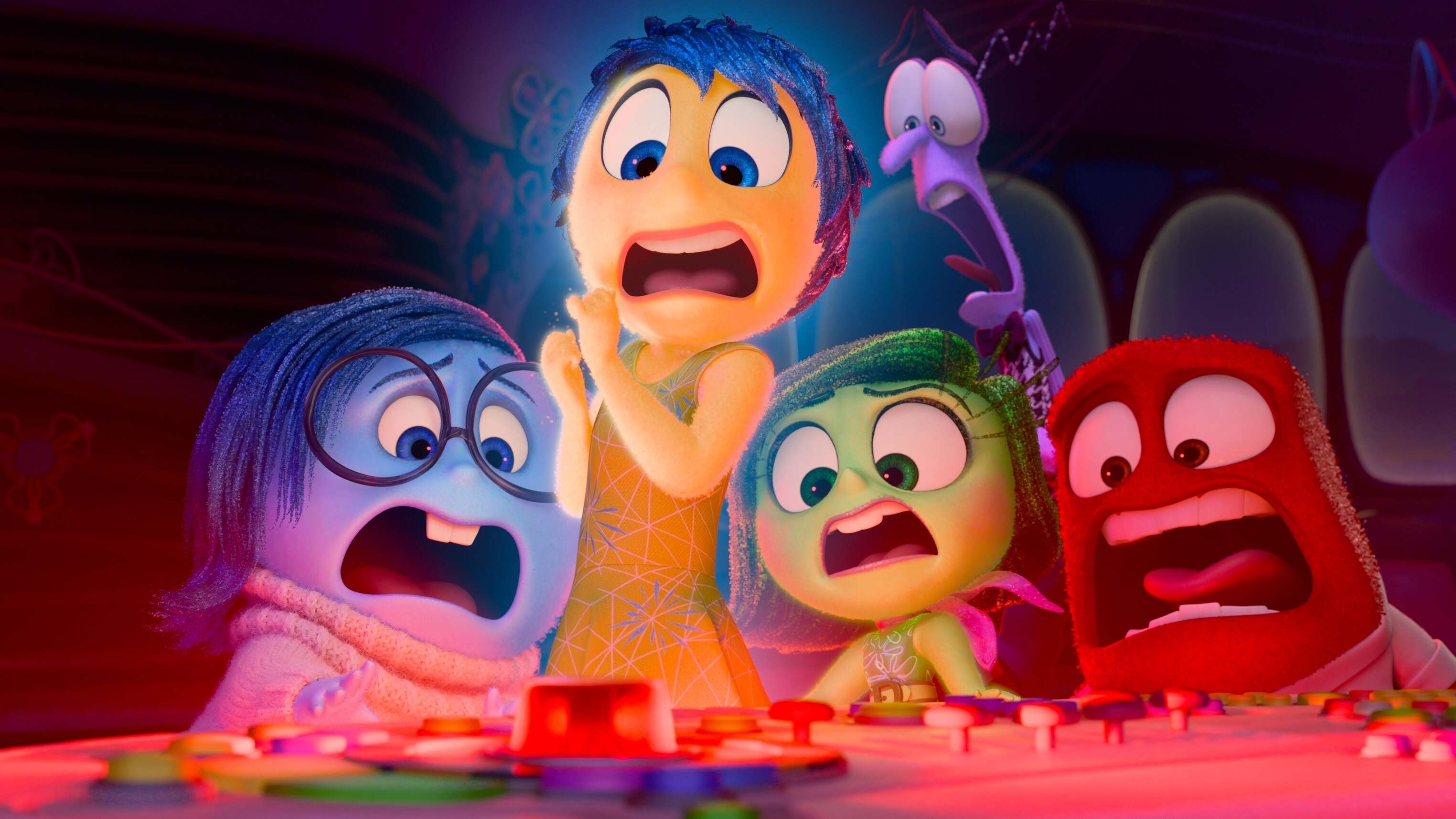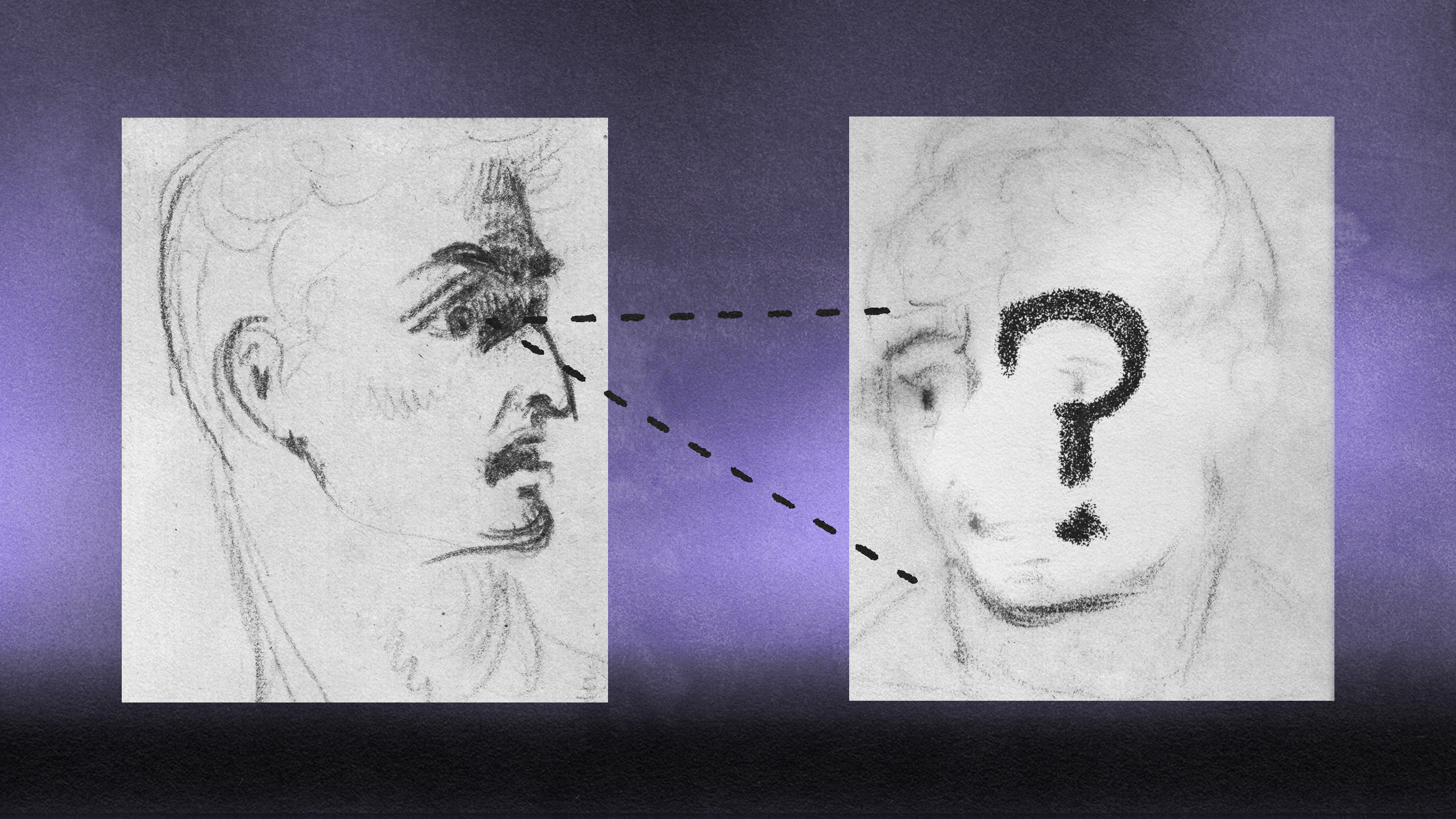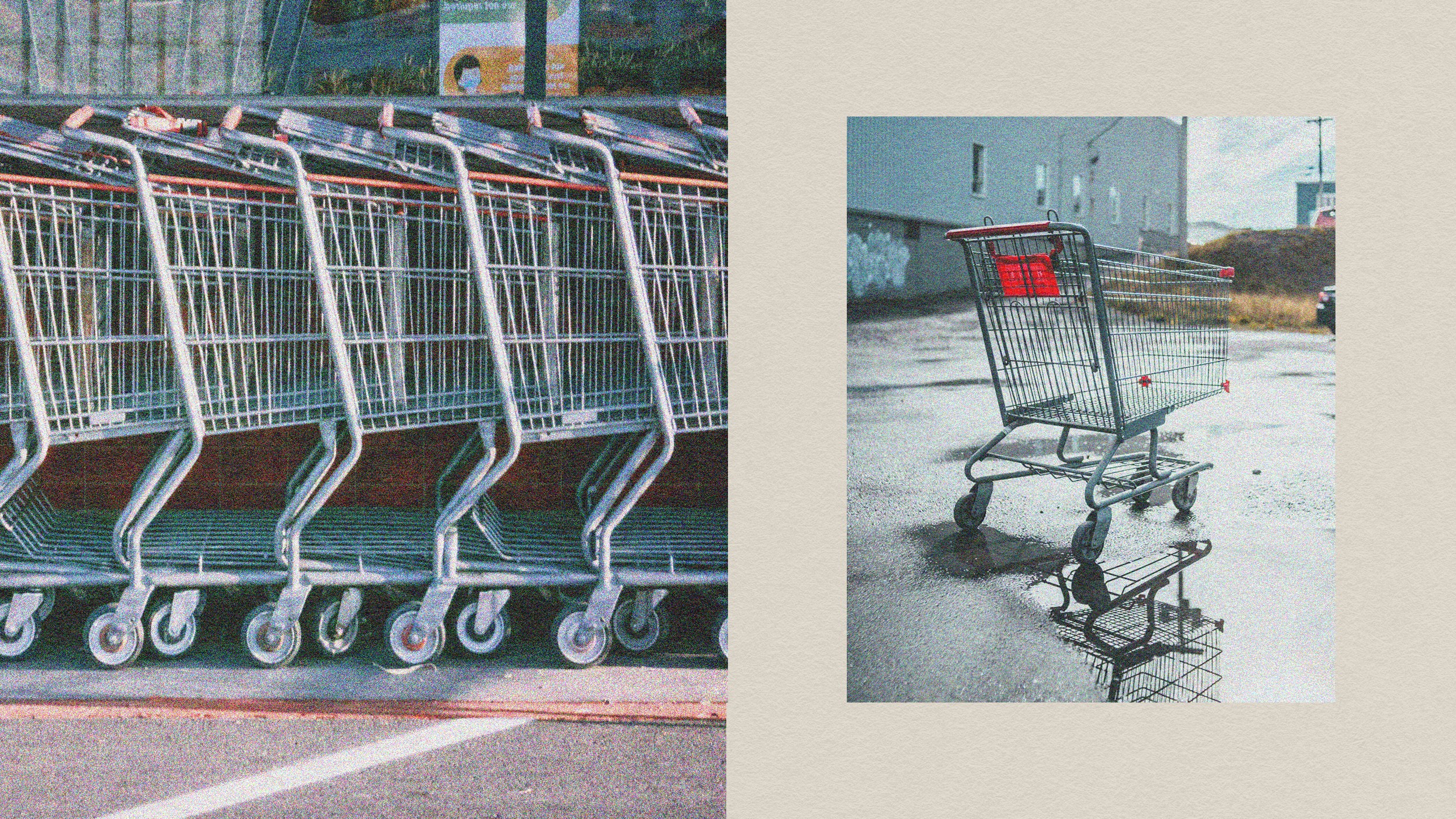The difference between schadenfreude and sadism

Photo credit: Peter Forster on Unsplash
- Schadenfreude is an emotional state, whereas sadism is a personality trait.
- A sadist plays an active role and enacts substantial misery on someone.
- The passivity and natural feeling schadenfreude sets it apart from sadism.
Schadenfreude is a German-borrowed word defined as the pleasure derived from someone from another’s misfortune. Some of the first English-speaking people exposed to this word, found the concept uncomfortable. Often, many times people confuse schadenfreude for sadism. Sadism, on the other hand, is defined as taking deliberate pleasure in someone else’s pain with an added sexual dynamic as well.
One of the major distinctions between the two is that schadenfreude is experienced from afar — as you’re not the one responsible for the others’ misfortune, you’re simply enjoying it. Whereas sadism is directly caused by the one also reveling in another person’s misery.
There tends to be some overlap within the two. But the major differences lie in the underlying implication for the feeling. With schadenfreude, there’s usually some kind of comeuppance the person feels the sufferer deserves. Sadism is indiscriminate on whether there needs to be any reason for the suffering or misfortune.
To a certain degree, everyone feels schadenfreude. It’s a common and basic human emotion that has deep roots in the psyche. Sadism can stem from such fundamental emotions as these.
Schadenfreude and sadism
Schadenfreude is an emotion, while sadism is usually seen as a personality trait. A sadist’s behavior is centered around the fact that they derive pleasure by deliberately inflicting pain on someone else. It is a type of behavior and not an emotional state. Satisfaction obtained this way is active and usually predisposes some kind of substantial pain or suffering. The satisfaction inherent to schadenfreude is a momentary position of psychological superiority. This is a feeling of passivity and doesn’t require us to partake or inflict pain in anyway.
An interesting 2016 study found that sadistic traits can influence the severity of our feeling of schadenfreude. For example, the authors found that they, “. . . predicted higher schadenfreude for severe misfortunes, compared to minor ones, for individuals high in sadism, whereas we expected the opposite pattern for individuals low in sadism.”
Roots of schadenfreude
The feeling of schadenfreude starts very young. A study titled, “There Is No Joy like Malicious Joy: Schadenfreude in Young Children,” sought to find out the underlying developmental and social aspects of the emotional state. They found envy and jealousy were the pillars of schadenfreude.
The researchers set up an experiment to determine if children as young as 24 months old would show signs of schadenfreude after “the termination of an unequal situation.” The research team had 35 mothers read aloud by themselves, with their child and the child’s friend, or while cuddling with their child’s friend. When the children were jealous while the mother held the friend, they expressed happiness when she spilled water on herself and the book.
Researchers noted that the children didn’t hide their feeling of schadenfreude either. They jumped up and down, clapped and exclaimed “Good!”
Simone Shamay-Tsoory, a psychologist at the University of Haifa who led the study, stated:
“The kids’ schadenfreude was tied to feelings of unfairness… It has been shown that envy, which is related to schadenfreude, is related to a sense of inferiority. Individuals with low self-esteem feel more envy and tend to be more concerned with social comparison.”
The team behind the research believes that children as young as one year old may experience schadenfreude. They write their “early” aversion to inequity “has deep developmental roots” — this bolsters the argument that schadenfreude evolved as a positive emotion, i.e. to alleviate group dynamics and strengthen cooperation when feelings of unfairness arose.
Dark side of schadenfreude
While schadenfreude is considered a normal, if not uncomfortable emotion to have for some, it’s darker side can have some sadistic tendencies. People that have high scores in the Dark Triad — psychopathy, narcissism, and Machiavellianism — are more apt to greater feel schadenfreude. Depending on what trait plays heaviest into their individual psychology, schadenfreude will manifest itself in a number of different ways.
A recent research paper exploring these three subtypes of schadenfreude, published in January of 2019 in New Ideas in Psychology, found that the expression of the emotion can take the form for the desire for justice, in- versus out-group dynamics, or even just plain jealousy.
Co-author, Scott Lilienfeld, an expert in personality and personality disorders states:
“Our literature review strongly suggests that the propensity to experience schadenfreude isn’t entirely unique, but that it overlaps substantially with several other ‘dark’ personality traits, such as sadism, narcissism and psychopathy. Moreover, different subforms of schadenfreude may relate somewhat differently to these often malevolent traits.”
What links all of these feelings together is what lead researcher Shensheng Wang calls a “degree of dehumanization.” Non-psychopathic people, who aren’t sadistic, have ways to turn off their empathy to let schadenfreude flow. However, sadists don’t have to remove this barrier. They’re either less motivated or unable to do so. Again, in the case of sadism — they’re already looking to cause the pain and the byproduct of schadenfreude will be there regardless.
“People show individual differences in how they experience schadenfreude, as well,” Wang says. “I think this emotion can shed light on some of the darker sides of our humanity.”
Personal egoistic pleasure supersedes deservingness when it comes to sadism.
The researchers hope to find a greater perspective of this complex emotion and the way it overlaps with sadistic tendencies:
“By broadening the perspective of schadenfreude, and connecting all of the related phenomena underlying it, we hope we’ve provided a framework to gain deeper insights into this complex, multi-faceted emotion.”
We all experience schadenfreude, but we’re all most certainly not sadists. Understanding the difference between this emotion and personality trait is a good place to start gaining a deeper perspective on the more complex sides of our human nature.





